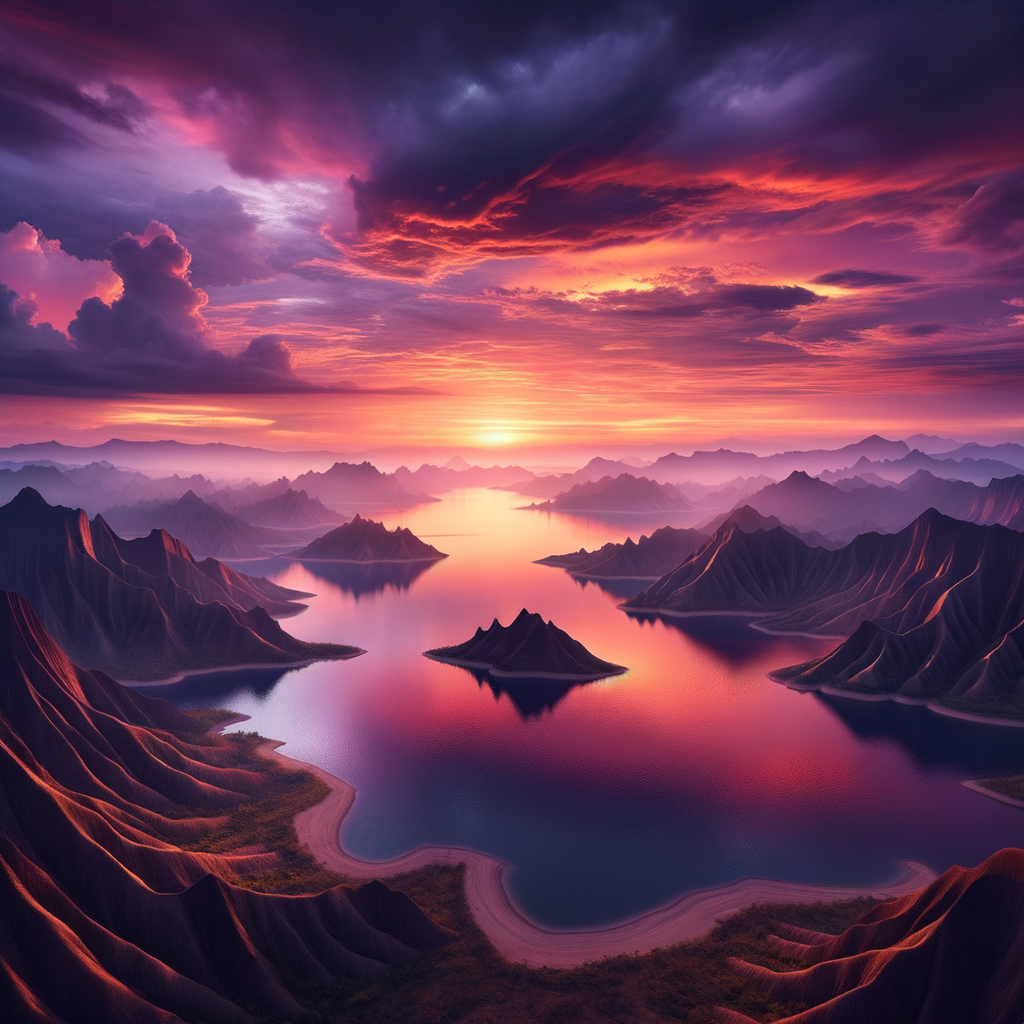
Landscape photography is not just the art of capturing nature's beauty; it's also about conveying the atmosphere of the moment. Creating stunning landscapes requires knowledge of techniques, patience, and of course, a love for nature. In this article, we will explore the essential aspects of landscape photography that will help you become a master in this genre.
Landscape photography is one of the most popular and beloved genres among photographers worldwide. It allows capturing the beauty of nature in its many forms, whether it be majestic mountains, tranquil river waters, or stunning sunsets and sunrises. In this section, we will discuss the key points that are important to consider when creating landscape images.
Choosing the Right Location
The choice of location is a key moment in landscape photography. You need to know where you want to shoot and take enough time to explore the area. Popular locations can often be crowded with tourists, making the task of photographing more challenging. Consider seeking out lesser-known spots or directions that can help you create a unique shot.
The Golden Hour
One of the most well-known tips for landscape photographers is to utilize the "golden hour"—the time just before sunrise or after sunset. During this time, the light is soft and warm, giving images a golden hue and helping to create an impressive atmosphere. Shots taken during this time often appear more dramatic and beautiful.
Composition
To create an appealing shot, it’s important to approach composition thoughtfully. Use the rule of thirds: divide the frame into three vertical and three horizontal sections and place objects at the intersections of the lines. This will help create a more balanced image. You can also experiment with varying depth of field and angles of shooting to highlight details.
Focusing on Details
Landscape photography is not just about wide horizons and beautiful views. It also has room for minute details like soil textures, leaves, water, and other elements of nature. Don’t hesitate to get closer to objects or use a macro lens for shooting. Such shots can add interesting contrast to your overall landscapes and make your work more diverse.
Photo Editing
The post-processing stage plays a significant role in landscape photography. Even if your shot was made in perfect conditions, small adjustments can significantly enhance the final result. Use photo editing programs to adjust brightness, contrast, and saturation. You can also add filters to give the image a unique style.
Practice and Patience
Finally, don’t forget the importance of practice and patience in landscape photography. Often, to get the perfect shot, you need to make numerous attempts and show persistence. The landscape is dependent on conditions: light, weather, and the time of year can vary, requiring the photographer to be flexible and adapt to circumstances.
By following these tips and principles, you can significantly improve the quality of your landscape photographs and create unique pieces of art that will inspire others to grab a camera and explore the world around them.


